Plants
In the American Southwest, and across the continent, vegetation is a key component of vertebrate and invertebrate habitat. The photosynthetic process is fundamental to all ecosystems and provides the material base for energetic flow in the system. In addition, above-ground structures of vascular plants protect soil resources from erosion by water and wind. Roots stabilize soils, conduct and redistribute resources, and provide organic matter to soil food webs. Plants also modify the physical environment by shading and litter deposition. Changes to the structure and composition of vegetation can disrupt an ecosystem’s function and make it unsuitable for associated biota. Monitoring of vegetation communities is a critical component of monitoring in the parks of the American Southwest.
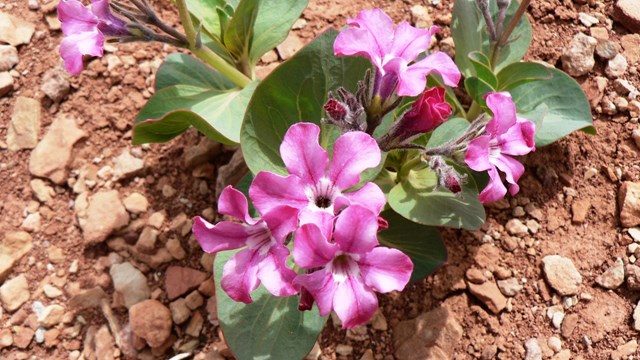
Several plants in the American Southwest are rare, with very limited ranges or existing in low numbers.
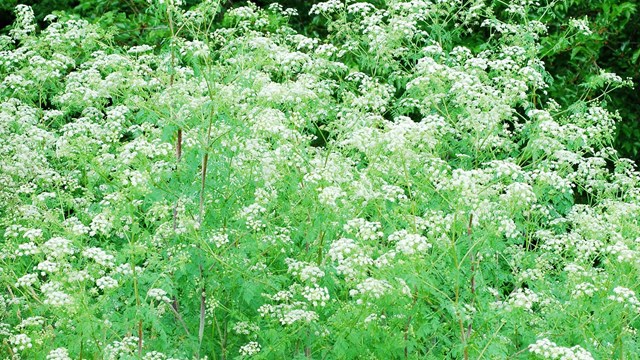
Invasive exotic plants have become a major threat to ecosystem health in the American Southwest, and in protected areas worldwide.
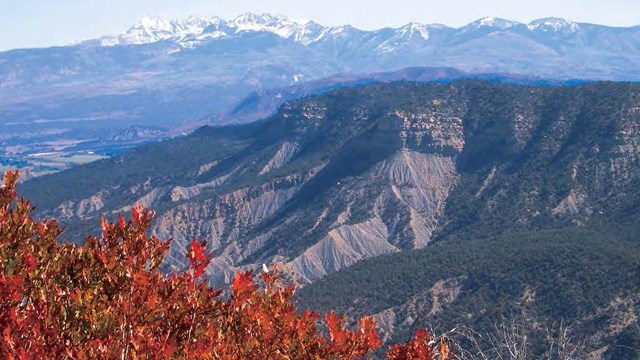
Vegetation mapping efforts produce detailed maps of park vegetation types.
Animals
A diversity of ecosystems, from deserts, to prairies, to shrublands and mountain forests support an even greater diversity of animal life in the American Southwest. However, the distribution of vertebrate species in this arid land is limited by water availability and water-related vegetation diversity. Especially important are the riparian corridors, which provide vital migratory and breeding habitat for birds. More than 400 species of birds can be found in the region. Habitat degradation is responsible for the region-wide decline of several rare and listed species, including the burrowing owl, black-tailed prairie dog, mountain plover, Texas horned lizard, lesser prairie chicken, Arkansas darter and swift fox. Ungulates, once hunted to low numbers or near extinction, have made a comeback in mountain forests. Reptiles are abundant in desert and grassland areas.
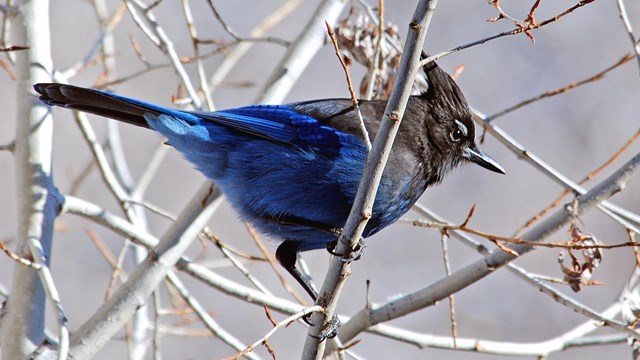
Birds are an important and lively component of many ecosystems in the American Southwest.
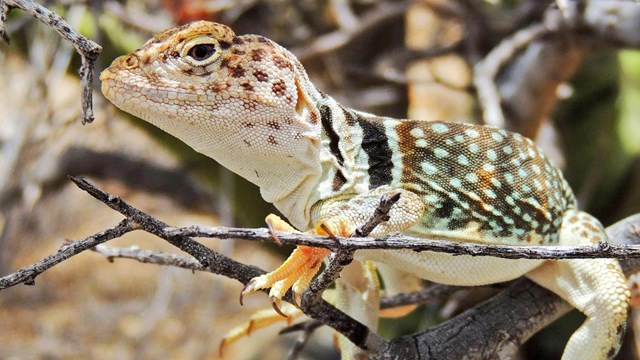
Many uniquely adapted reptiles and amphibians inhabit the aquatic and terrestrial habitats of the American Southwest.
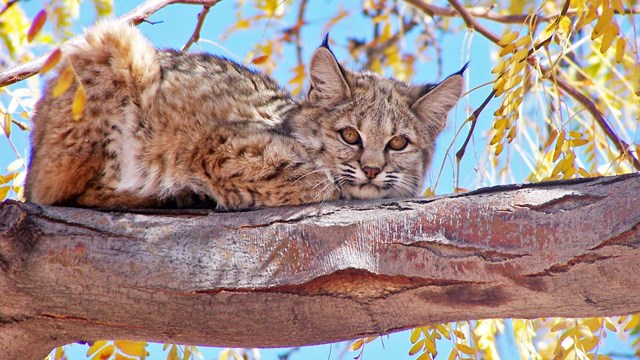
The American Southwest region probably has the greatest diversity of mammal species in the country.
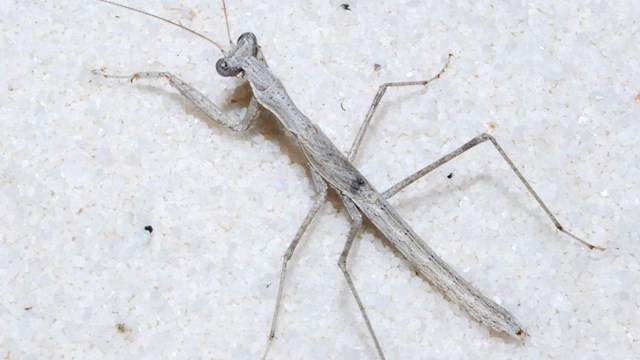
Invertebrates and microorganisms in the Southwestern US are highly diverse and perform important functions like pollination.
Last updated: February 13, 2018
